How to dye your hair with henna and basma?

Natural coloring does not lose its relevance to this day. It has a good effect on the appearance and health of hair and strengthens its structure. Today we will talk about such natural dyes as henna and basma, consider the features of this dyeing method, and also evaluate all the advantages and disadvantages of natural hair coloring.

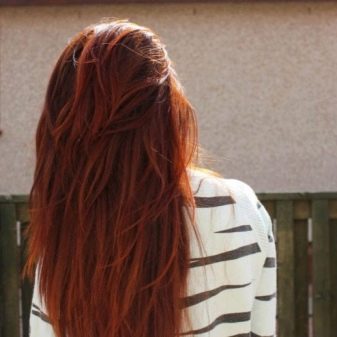
What is it and how is it different?
Henna and basma are natural coloring elements, the recipe of which came to us from the 12th century BC. Both paints are completely composed of natural elements: henna is made in the process of grinding leaves from a shrub plant, thornless lawsonia, basma powder is made in the same way, but from the leaves of the indigofer plant. The first powder can be recognized by its characteristic green color, the second by its dark green and marsh shades.
As for history, these paints were actively used in ancient Egypt. Archaeologists find remains of henna on the hair of ancient Egyptian mummies, and basmas on fragments of clothing and in writing elements.
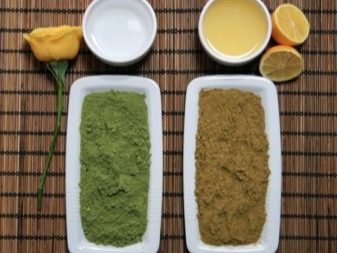
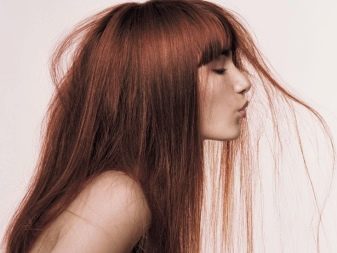
The main reason for the popularity of henna and basma to this day is the therapeutic effect of these dyes on the hair structure and scalp - in their pure form, these natural dyes have an amazing tonic and healing effect.
Typically, henna-dyed hair can be recognized by its characteristic bright red color, while basma is known for quieter and darker shades. Both powders are often used together to give hair tones.
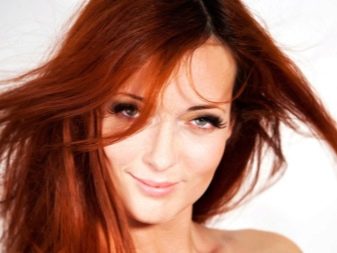
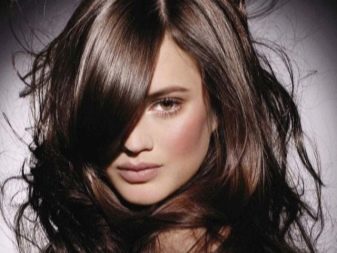
General principles of staining
The main motive for any coloring is the desire to radically change, refresh and rejuvenate your appearance. When choosing a dyeing method using natural dyes, girls face only two questions: which of the dyeing shades will look best with the image and what are the benefits and harms of the chosen dyeing method. Let's deal with these issues in detail.
Each person has his own individual color scheme, it depends on several factors: skin color, eye color, natural hair color. There are 4 color types of faces, depending on the 4 seasons: winter, spring, summer and autumn. The signs of these types are known to all people, so we will not go into the explanation of each.
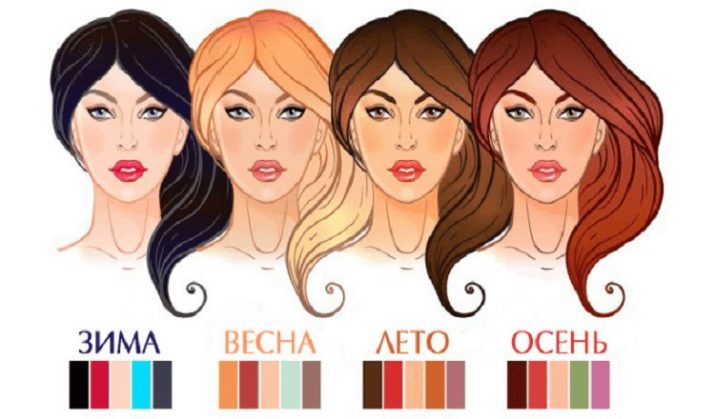
Below is a short description of the winning hair shades for a particular face color type.
- For winter color type dark and black shades of curls are suitable: dark blond, dark chocolate, ash, red and purple.

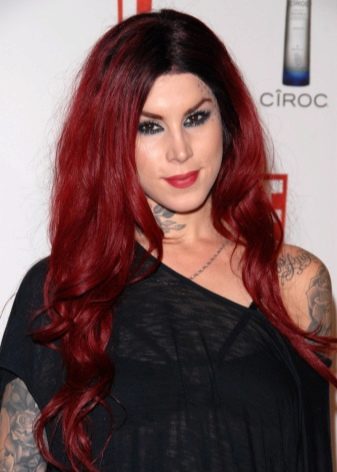
- Spring color type loves light and soft shades: light brown, ash, golden, wheat and caramel shades.
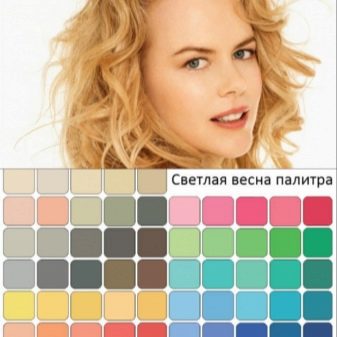
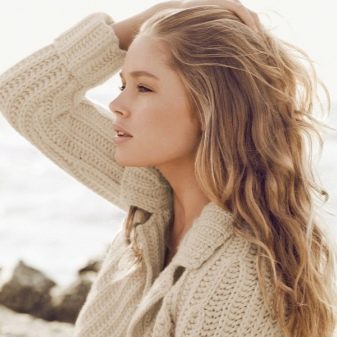
- Summer type the face is also characterized by light shades, however, the intervention of darker tones is also acceptable here - caramel, copper shades. Well, the classic ones: golden, ashy wheat tones will look great here too.
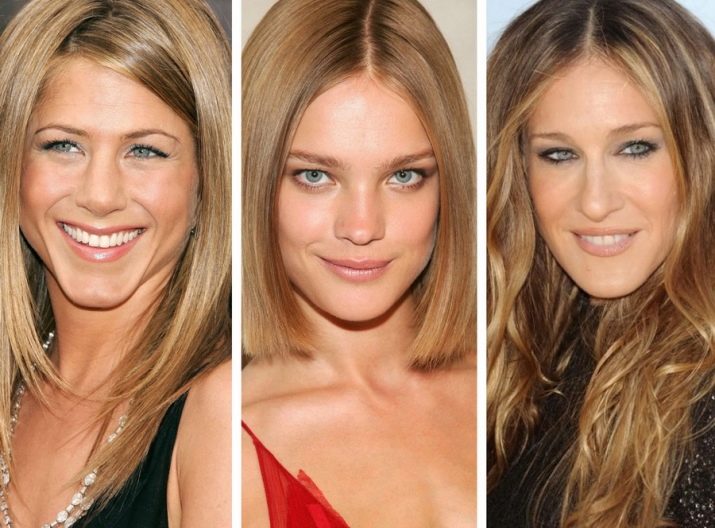
- Autumn color type loyal only to dark shades of hair: chocolate, chestnut, rich caramel, oak. Red and fiery shades look great here. The main thing here is the brightness and depth of colors.
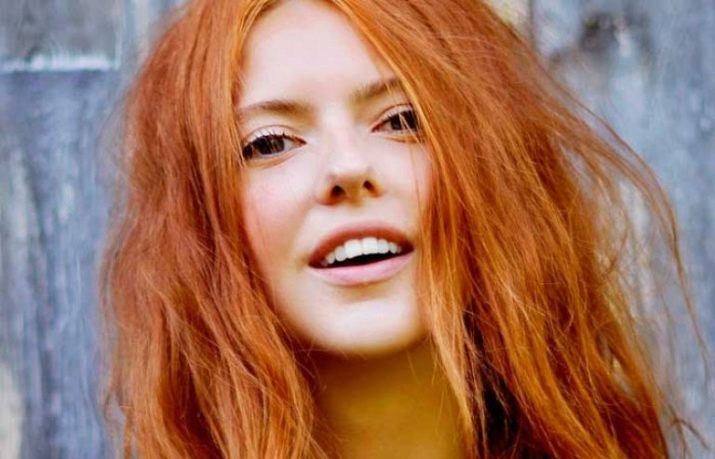
Each staining method has its own positive and negative sides. The natural, which came to us from the very depths of history, has enough of both.
Dignity
- Natural dyes - a budget option hair dyeing. It depends both on the cost of the coloring elements themselves and the coloring procedure itself, which does not require a lot of manipulations with the hair.
- Using henna and basma together Is a great way to paint over gray hair. This method was considered universal before the advent of the more fashionable synthetic gray hair dyes.
- High quality natural dyes not only will give the hair more freshness and shine, but also help to restore it to tone. Henna and basma are great at dealing with problems such as sagging or slow-growing curls, oily scalp or persistent dandruff. In a sense, such dyes are used in situations where curls need rest and restoration.
- Any coloring gives your hair a new life., with the help of modern paints, you can achieve the necessary brightness, volume, saturation. Natural dyes are no exception, the shades obtained with their help look natural and fresh, which is most appreciated in the current fashion season.
- With henna and basma you can achieve a fairly wide color spectrum in hair shades. And all this without the use of chemical staining or permanent.
- Unlike synthetic coloring elements, herbs, natural ingredients can be added to the solutions to give the hair additional shades.
- If you want to restore hair with natural remedies the likelihood of a conflict between colored hair and remedies is minimal.
- Any fashionista can have difficulties if you want to get high-quality hair coloring. This is all sorts of mixing proportions, and hair lightening. With such problems, it is better to immediately contact an experienced craftsman. In staining with natural dyes, as a rule, someone else's help is not required at all. Any fashionista can prepare a coloring composition from such paints at home.
- The scourge of many colors - in the rapid dullness of hair. In the case of natural dyes, this process lasts more slowly, natural dyes eat into the curls more thoroughly.
- The main disadvantage of synthetic paints is the risk of allergic reactions. In the case of hair dyeing with natural dyes, this probability is much less and concerns the individual characteristics of each person. Experts especially recommend this coloring for pregnant girls - during pregnancy, the whole body is under enormous stress, which also affects your hair. The nutritional properties of henna and basma will only improve the condition of your hair.
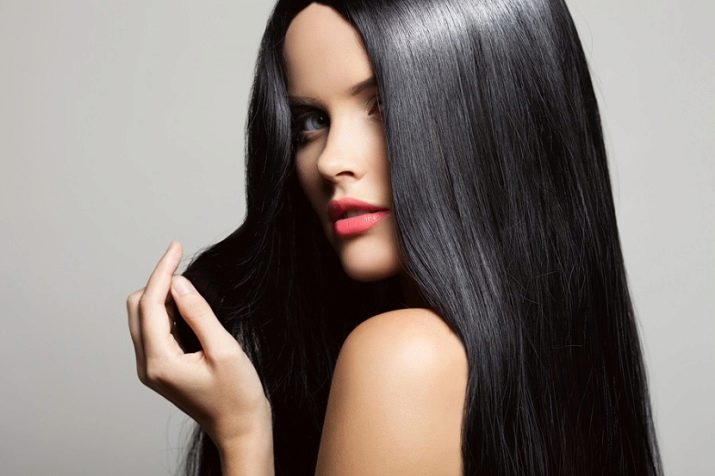

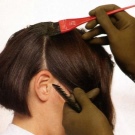

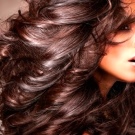
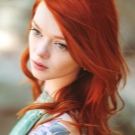
Natural dyes are not without their significant disadvantages. Let's take a look at the ones that modern women of fashion meet all the time.
- Henna and basma are not good friends with synthetic paints. There are often cases where, when applying third-party paints to hair recently dyed with henna or basma, completely unpredictable shades were obtained. This is especially true for bleached hair.
- Natural dyes are much more slowly washed off from already dyed curls. This can cause problems during the color correction stage.
- Perming your hair should be avoided if you don't want to get a rainbow on your hairstyle.
- Within a few days after such hair dyeing, the curls will have a specific smell. Therefore, if you are preparing for an event, it is better to paint 2-3 days before the celebration. This will cause you less discomfort. It is because of this smell that many women of fashion refuse such hair dyeing.
- Even experienced craftsmen often find it difficult to predict how a natural solution of henna and basma with certain curls will behave. That is why it will be quite difficult to choose the desired shade of hair.
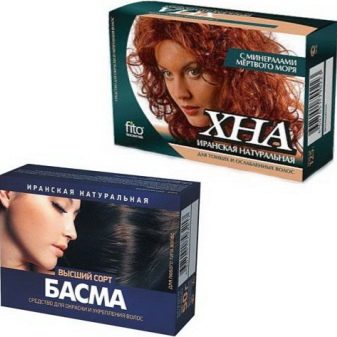
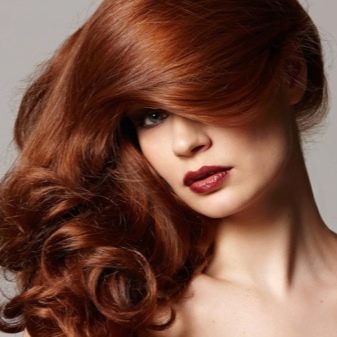
When it comes to giving your hair unique shades that will not conflict with henna and basma, the following natural ingredients are recommended.
- Infusion of onions. This component will give the curls a richer brown tint.
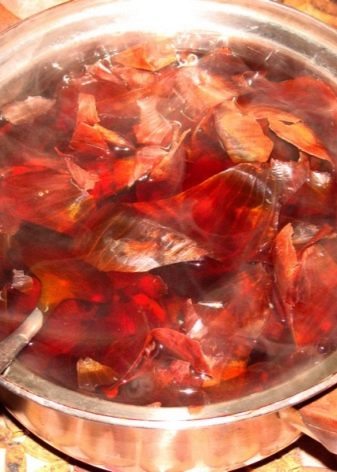
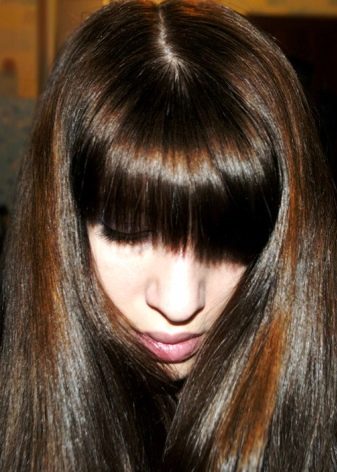
- Natural green tea leaves will give your hair a softer, warmer chestnut shade. With various variations of henna and basma, soft pastel colors can also be obtained: copper, caramel.
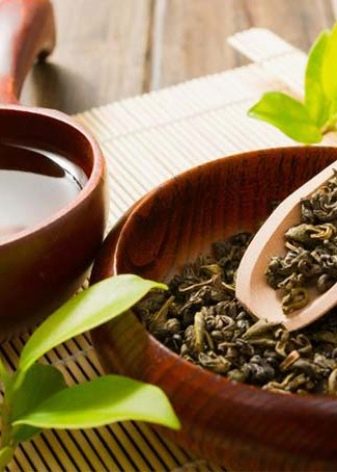
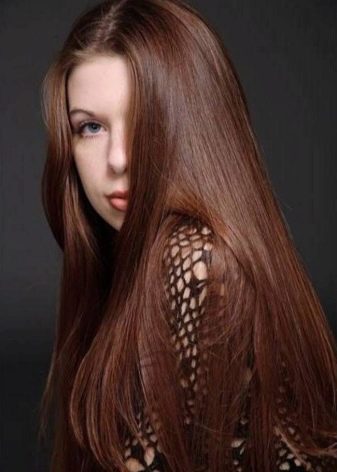
- Also you can use freshly ground coffee solution - it will give your hair depth and provide it with a chocolate shade.

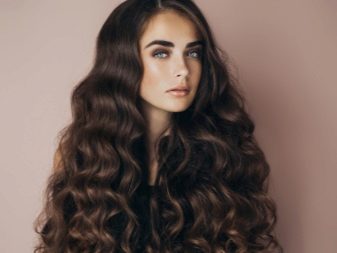
- You can get a light pink and purple shade by adding to the solution elderberry juice, however, you should be extremely careful with the proportions.
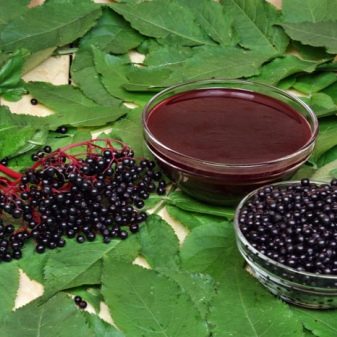
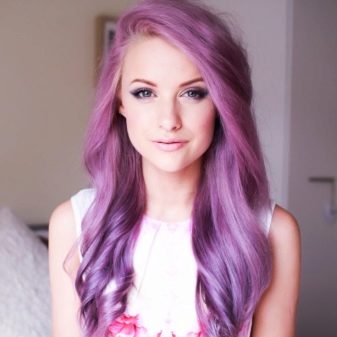
What shades can you get?
It is worth saying that by dyeing your hair with natural colors, you can often get not the most predictable result. Everything is very individual and depends on many factors: hair texture, natural color, quality of the selected paint and proportions used. A little below, the approximate proportions of henna and basma in hair dyeing will be provided, however, you must understand that the required shade will have to be achieved only by trial and error, so prepare yourself for the fact that you will not be happy with the primary result.
The amount of powder in a serving is also purely individual and depends on the length of your hair and its thickness. And, of course, on what shade you are counting on.
The amount of dye powder in a portion for short and medium hair can be from 50 to 100 grams, as for long hair, then it should be taken from 200 grams or more.
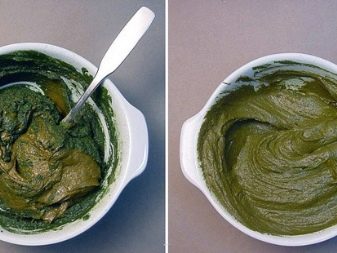
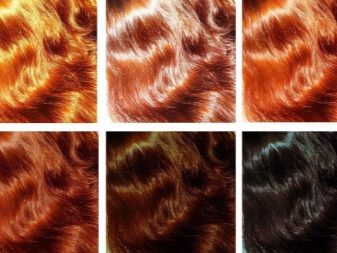
The range of shades that can be obtained by staining curls with henna and basma is quite diverse. Consider the serving ratio for the main hair shades.
- Light brown color. In this case, the proportion is 3 parts of henna and 1 part of basma. This solution should be kept on the hair for half an hour. Applicable to initially blonde hair.
- Red and fiery shades. Softer shades of red can be obtained by mixing 2 parts henna and 1 part basma. Option for blondes and girls with blond hair. The solution is washed off 15-17 minutes after application.
- Bronze and soft browns. All the same 2 servings of henna and 1 serving of basma.It is applied to dark hair with an exposure time of at least half an hour. You can experiment with the amount of henna in the total solution for a darker or lighter shade.
- Chocolate, dark brown and oak shades can be obtained by mixing 1 serving of henna and 2-2.5 servings of basma. The composition is more suitable for girls with initially dark hair. Here, the exposure time of the mixture on the head is less limited and can range from 15 to 40 minutes or more.
- Bright black shades can be achieved by mixing one portion of henna and 2 basma, however, the solution itself on the hair is kept for a much longer period - up to 2 hours.
- The same amount of henna and basma will result in chestnut shades. On girls with light curls, it will look lighter, on brown-haired women and brunettes, it will give hair beautiful caramel and golden tints.

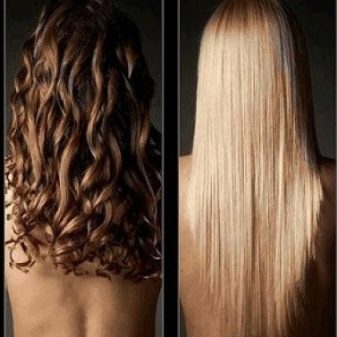
Many women of fashion are wondering about the best dyeing method: with a mixture of henna and basma, or alternately dyeing them. In case of using it in turn, it is worth following the following recommendations.
- To give hair delicate light brown shade initially henna is applied to the curls, kept for an hour. Then basma is applied and kept for another 20 minutes.
- To receive chocolate shade henna is also aged for an hour, however, the holding time of the basma is increased to 40-50 minutes.
- To receive dark and black shades the solution with henna is retained on the hair for 40 minutes, and basma for the next two hours.

Required tools
Any staining is not done with bare hands, so you need to prepare tools, necessary for high-quality and fast hair dyeing with henna and basma.
- 2-3 polymer or glass containers for mixing solutions. Usually only two containers are used. A third is needed if you decide to additionally mix herbs and other natural remedies to soften or heal your hair.
- Select the required number of brushes or sponges depending on how you color your hair. In this case, it is 2-3 brushes.
- Get a couple of stirring sticks - if the solution stays for a long time without stirring, it may just thicken.
- You will also need a regular hairdresser's comb to separate your hair, and a comb for combing out dyed curls.
- For zonal or selective dyeing, prepare a few bobby pins or hairpins to secure your hair in the desired position.
- To make the paint easy to wash off after the procedure, you can pre-smear the hairline with a fat cream. It is better to use natural-based creams.
- Plastic bag for wrapping hair, cling film. An ordinary rubber cap is suitable for warming the head.
- Towel and bathrobe. You will have to deal with a fairly aggressive and corrosive paint, so try to choose wardrobe items that you do not mind.
- Rubber gloves or hairdressing gloves - to take care of the skin of your hands and to avoid the formation of hard-to-wash yellow plaque on your hands.
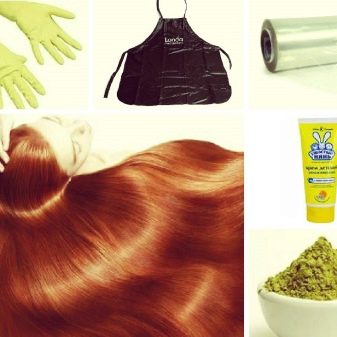
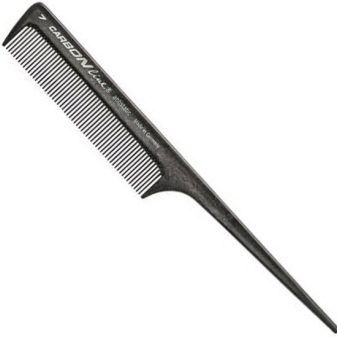
How to dye your hair?
As mentioned above, there are two methods of dyeing hair with henna and basma: simultaneous - with the creation of a homogeneous mass, and separate - with the sequential application of each product. Let's take a look at hair coloring for each method.
Remember to wash, comb thoroughly and dry your hair a little before coloring.
Simultaneous painting:
- Powders are diluted in separate containers, then combined and stirred until smooth. Heat the resulting composition to a temperature of 40 degrees.
- The hairline on the forehead should be lubricated with a fat cream.
- Put on all the prepared items of clothing - an unnecessary robe, gloves, a towel on your shoulders.
- Conditionally divide your head into several lobes - crown, nape, temporal lobes, bangs.
- Hair coloring should be started from the occipital lobe, separating certain curls with clips or hairpins. The paint is applied gradually and quickly with a brush or sponge, starting from the very roots of the curls.
- Do the same manipulations with the rest of the lobes on the head.
- Hair is collected in a bun. Then, place a rubber cap or plastic bag over your head. After that, wrap your head with plastic wrap, and then with a prepared towel.
- Wait for the required time. Hair is washed off with medium temperature water without shampoo.

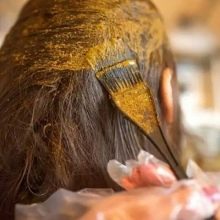
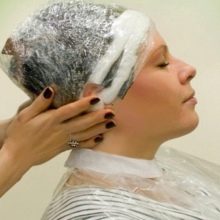
Actions for sequential staining are almost the same. First, henna is always applied, after it is washed off and the next solution is prepared. Apply all the same evenly from the roots of the hair, try to act quickly. Curls at the stage of coloring with basma are not wrapped up, the paint itself is washed off after a certain time.
Useful Tips
Basma can be diluted in both cold and hot water, its structure remains the same in any case. If we talk about henna, then it is recommended to use only chilled or slightly warmed water.
For different types of hair, different coloring techniques are used. In the case of dyeing normal or dry hair, it is recommended to use fatty kefir mixtures. For oily hair, you can use lemon juice or water with a small amount of vinegar. This will make your hair look healthy and shiny.
When painting with basma and henna, the solutions should be mixed before the painting procedure itself. However, do not mix heated solutions.
It is best to use polymer or plastic spatulas and brushes for mixing paints. Avoid using metal products - they can oxidize.
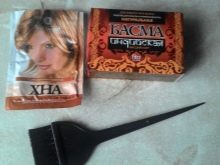
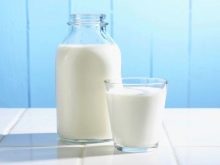
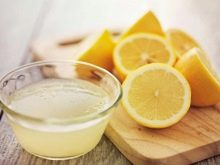
For many fashionistas, the process of washing off the dye composition can cause significant problems. This can be dealt with by adding 1-2 egg yolks to the solution (at the stage of mixing and preparation).
Remember to follow the exact proportions when mixing henna and basma. Too much henna can give the curls a green and even muddy shade.
After the painting procedure, it is highly discouraged to use gels and shampoos to remove paint residues. This can lead to unwanted color conflicts or even remove some of the dye from your hair. Follow this rule for the first few days after staining.
Before dyeing, the hair must be washed and combed. Hair can be moistened a little in advance - many experts believe that natural dyes color slightly damp hair faster. In general, wet curls will be easier to work with.
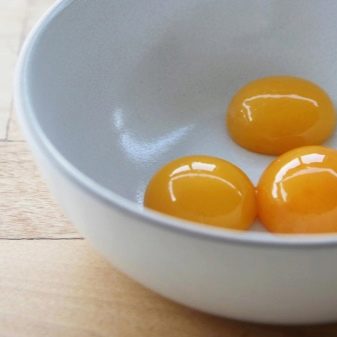
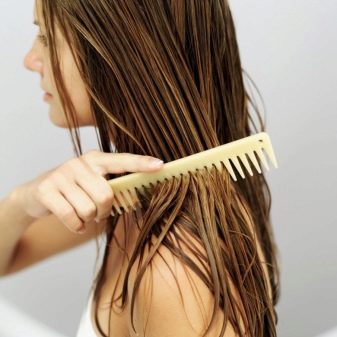
It is necessary to properly maintain a certain temperature of the composition at the time of application. The mixture should not be too hot or cold. To maintain a more or less stable temperature, it will be more convenient to use a water bath.
When preparing the solution, make sure that the mixture comes out at the same time not too thick, but not too liquid. A thick and rich mixture hardens much faster on the hair (before they have time to dye), too liquid will drain from the hair, stain the skin on your face and shoulders, not to mention the uniformity of the shade as a result.
When coloring, you can use a plastic bag and a towel to wrap and warm colored hair. In addition to kefir, you can use other products to combat excessive dryness. The most commonly used here are glycerin and various vegetable-based oils.
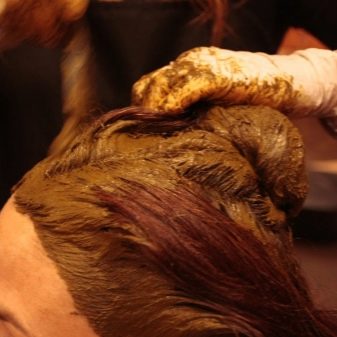
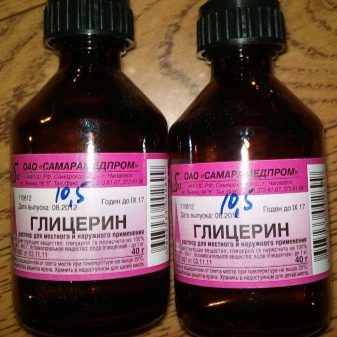
It happens that the shade as a result of the procedure turns out to be too bright and saturated. In this case, you can use olive oil - it will slightly soften the shade of the hair, make it softer. Just apply a little oil all over your curls before washing your hair.
If the curls are too dark, you can try lightening them with vinegar or lemon juice.Choose the correct proportion and rinse your hair with this solution before washing your hair.
To preserve the color for a longer period, it is recommended to use rosehip decoctions (vinegar is also applicable).
It is believed that it is easier to achieve the desired color in your hair if you drink a tonic drink at the same time. For this, plant-based teas (with rose hips, ginger, chamomile) are suitable.
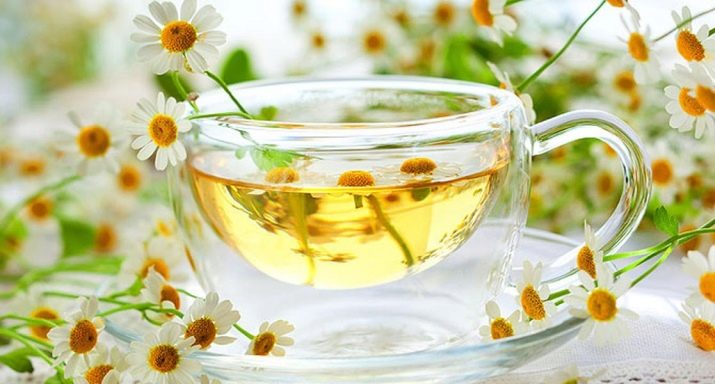
Reviews
Girls have different attitudes towards dyeing hair with henna and basma, however, since this method is still actively used by fashionistas, it remains relevant to this day.
Every woman of fashion notes the unconditional benefits for the hair and their healthy appearance after the coloring procedure. Natural coloring is appreciated for the persistence of shades, cheapness and simplicity of the procedure. Curls painted with natural dyes stay saturated longer and do not lose color.
Also, many users note that after staining with henna and basma, the curls experience much less stress than when using synthetic paints. Such hair requires less further care, they do not need to make regenerating masks or apply special balms.

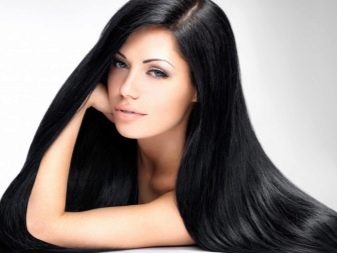
For information on how to dye your hair with henna and basma, see the next video.








